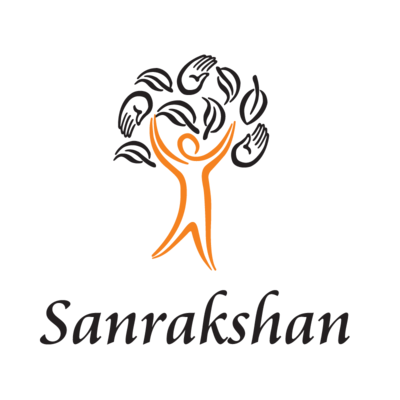AI vs. Human Creativity: Exploring the Boundaries of Innovation
Samaksh Nayyar
MBA- I Semester
Batch: 2023-25
samaksh.nayyar2025@sibmnoida.siu.edu.in
The interaction between artificial
intelligence (AI) and human creativity has taken on significant relevance in
the era of fast technological growth. The development of AI has spurred
discussions about whether or not it can match or even outperform human creativity.
This blog explores the subtle differences between AI and human creativity,
showing the benefits, drawbacks, and surprising synergy between these two
forces.
In many sectors, AI has come a long
way regarding creativity simulation. The ability of AI systems to simulate
human-like creative outputs has been astoundingly shown in various fields,
including music composition, artwork creation, poetry writing, and storytelling.
Through the use of sophisticated neural networks and machine learning algorithms,
these technologies are able to identify patterns in massive datasets and
produce material that frequently seems original and real.
The ability of AI creativity to
quickly process and evaluate massive amounts of data is one of its main
advantages. As a result, AI is better able to spot trends, fashions, and other
patterns that human creators would have missed. Additionally, AI-generated
material can be a useful tool for ideation, providing fresh viewpoints and
out-of-the-box suggestions that inspire creative thinking in people.
However, there are some restrictions
on AI’s originality. It can successfully mimic established patterns, but it has
trouble coming up with truly novel ideas. Because AI-generated content is
primarily based on data that already exists, there may not be much true
innovation. A profound awareness of human emotions, cultural context, and the
elusive nuances that frequently characterize truly remarkable creative works
are also lacking in AI.
The dynamic power of human creativity
includes feelings, memories, and cultural influences. It draws on a rich
reservoir of intuition, empathy, and the capacity to establish connections
between seemingly unrelated ideas. Human creators have the capacity to
incorporate their feelings, experiences, and distinctive viewpoints into their
work, resulting in works that have a profound emotional resonance.
Recognizing the possibility of collaboration is crucial rather than seeing AI as a threat to human ingenuity. AI has the potential to be an effective tool that supports and complements human innovation. For instance, AI algorithms can support the early stages of idea generation, enabling authors to quickly explore various possibilities. This collaboration enables people to concentrate on polishing and giving their work the depth that only people can.
It is difficult
to predict how AI and human creativity will develop in the future. While AI is
adept at some creative jobs, human beings continue to dominate in terms of
really ground-breaking artistic expressions and technological advances. AI may
evolve, but it’s unlikely that it will be able to mimic the complex interaction
of human emotions, life experiences, and cultural connections that influence
creativity.
In conclusion,
the interaction between AI and human creativity is complicated and dynamic.
While human creativity benefits from emotional richness, cultural context, and
authenticity, AI delivers unmatched speed, pattern recognition, and idea
creation support. Adopting a collaborative mindset can usher in a new era of
creation where human creators and AI technology push each other to greater
heights rather than pitting them against one another.





Comments
Post a Comment